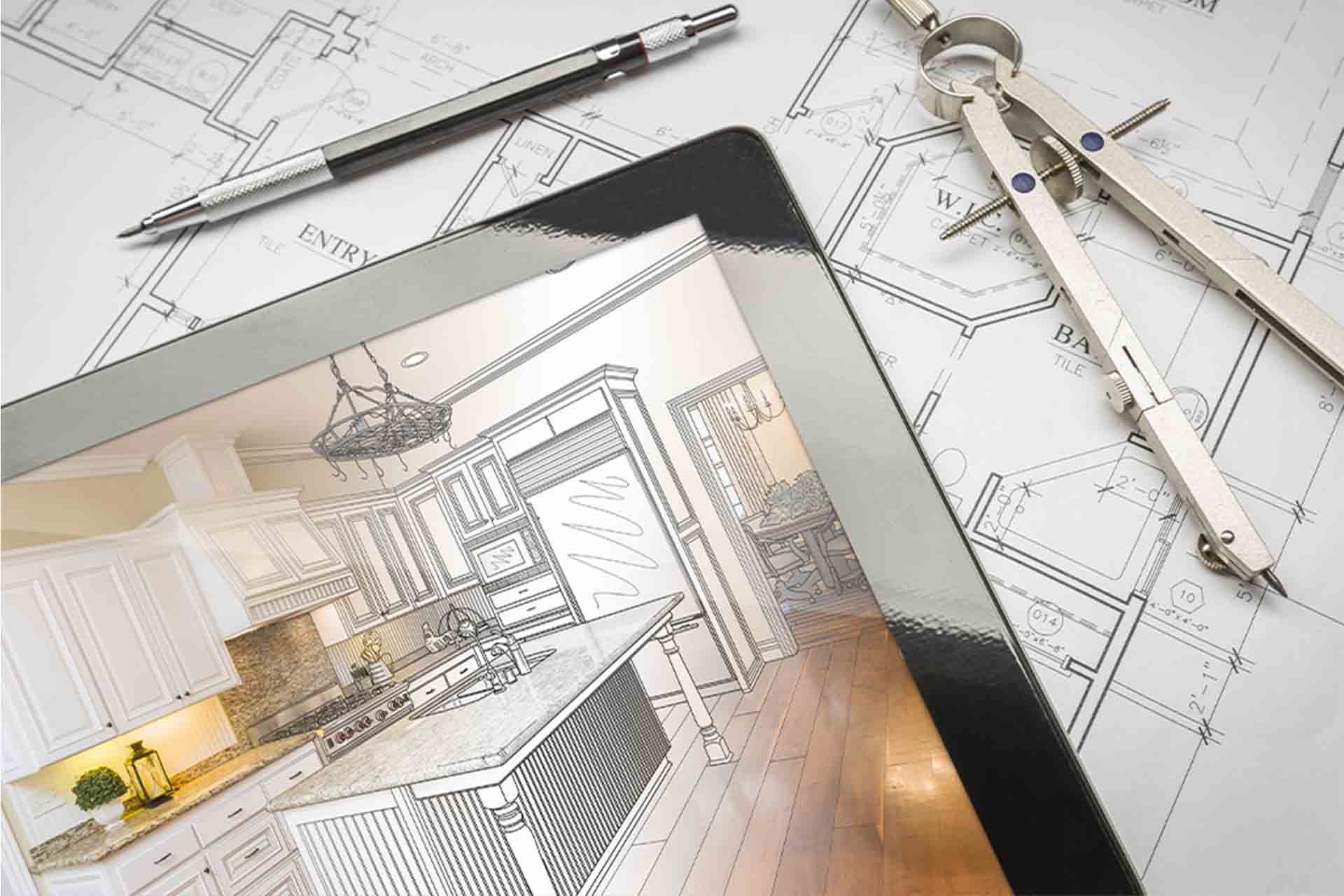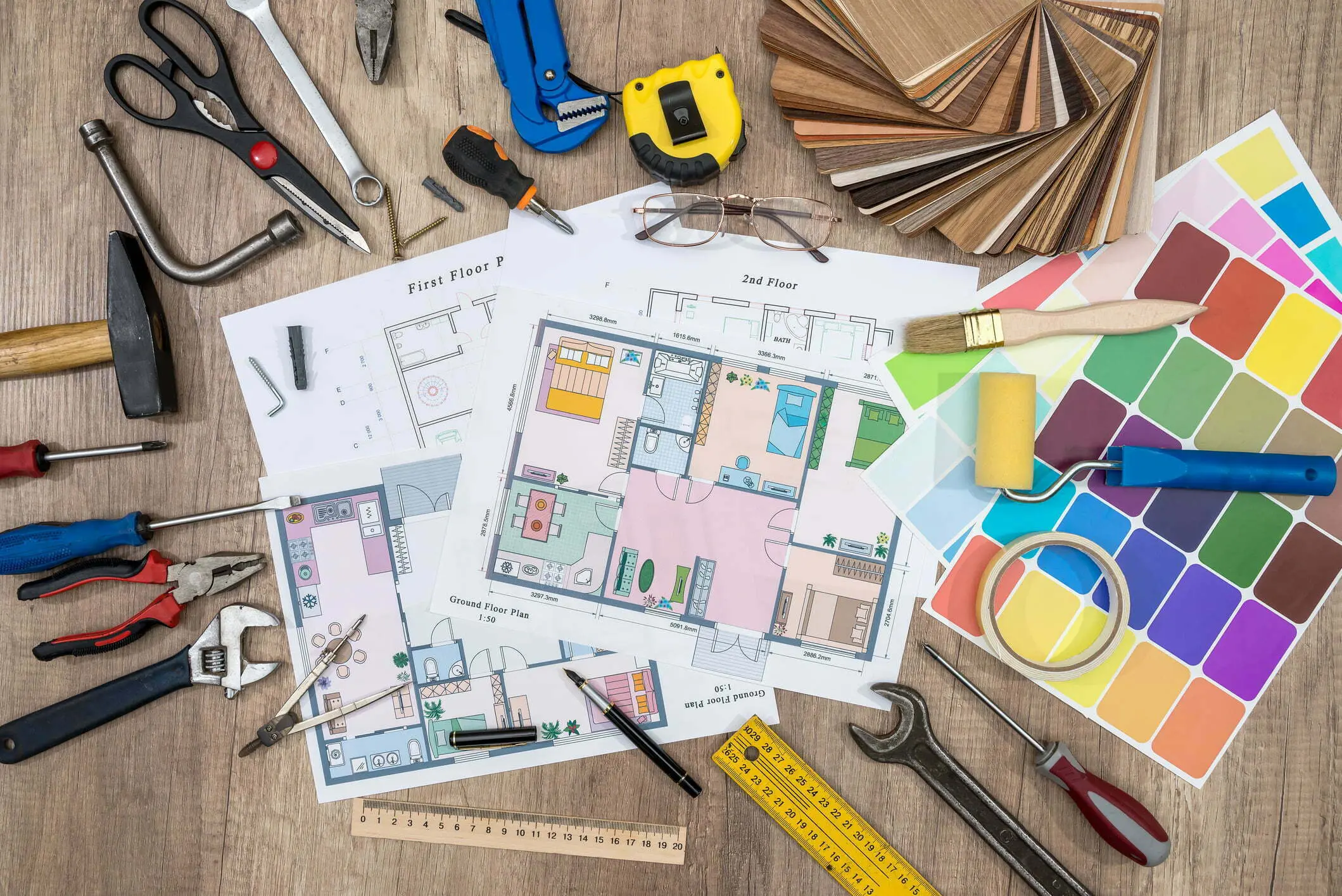
Renovating your home is exciting, but it can quickly become a financial nightmare if you’re not careful. The key to a successful renovation is not just about having a great vision for your space but also managing your budget wisely.
In this guide, we’ll walk you through creating and managing a renovation budget, including how to account for those pesky hidden costs that often catch homeowners off guard.
Set Your Renovation Goals
Start by making a wish list. Write down everything you’d like to change or add. Then, rank these items by importance. This list will be crucial when you face tough budget decisions, helping you cut back on less essential elements while keeping your must-haves. For more insights and financial advice, you can explore https://reprised.com/ for helpful resources and tools.
Research and Get Estimates
Research is your best friend in the planning phase. Look up average costs for the type of renovation in your area. Labor, materials, and permits can vary significantly depending on location. Contact contractors for estimates and compare them.
Creating a Detailed Budget

Now comes the fun part ─ creating your budget. Break it down into categories like materials, labor, permits, and furnishings. Don’t forget smaller expenses like cleaning up and disposal of old materials. Here’s a basic template:
- Materials ─ Cabinets, tiles, paint, etc.
- Labor ─ Contractor fees, specialized labor.
- Permits ─ Required permissions from local authorities.
- Furnishings ─ New furniture, fixtures.
- Miscellaneous ─ Cleanup, disposal, transportation.
Always add a contingency buffer of 10-20% of the total budget. This extra cushion covers unexpected expenses, like discovering mold behind old walls or needing to replace outdated electrical wiring.
How to Keep Your Budget on Track

Once your budget is set, sticking to it is crucial, here are some tips:
Track Your Expenses
Keep a detailed record of all expenses. Use budgeting software or even a simple spreadsheet to track every dollar spent. This habit helps you see where you’re spending more and adjust accordingly.
Make Payments in Stages
Pay contractors in stages rather than upfront. This payment structure ensures the work progresses as planned and gives you leverage if issues arise.
Prioritize Spending
If costs start to rise, revisit your list of priorities. Focus on completing essential tasks and consider delaying or cutting less critical elements. This approach ensures you stay within budget while still achieving your main goals.
Avoid Last-Minute Changes
Making changes mid-project can be costly. Once work has started, stick to the plan as much as possible. If you must make changes, be prepared for additional expenses.
Dealing with Unexpected Costs

Despite your best efforts, unexpected costs can still arise. How you handle them can make or break your budget.
- Use your contingency fund.
- Negotiate with contractors.
- Consider DIY.
Once the renovation is complete, do a final walkthrough with your contractor.
In Summary
Creating and managing a renovation budget might seem daunting, but it’s essential for a successful project. With careful planning, thorough research, and a little flexibility, you can transform your home without financial stress. The goal isn’t just to renovate but to do so in a way that enhances your home’s value and your quality of life.













